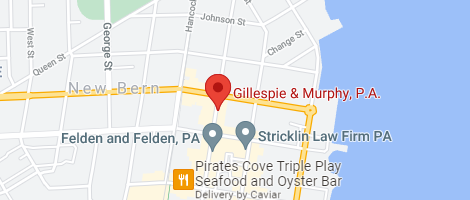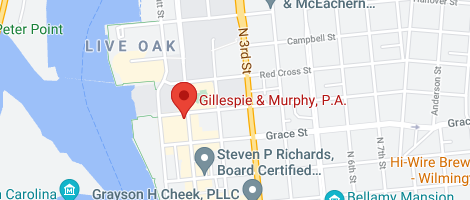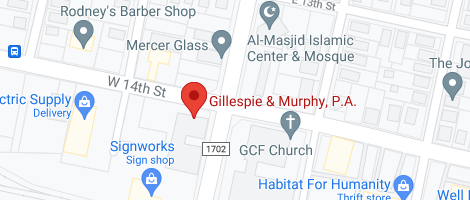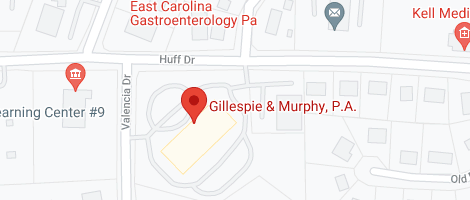If you are drowning in medical bills, facing overwhelming credit card debt or otherwise struggling to keep yourself afloat financially, you may be wondering whether bankruptcy might be an effective method of getting back on your feet. You may also have heard that different types of bankruptcies exist, among them Chapter 7 and Chapter 13 bankruptcy filings, but you may not be clear on the difference or whether one option might make more sense for you.
The majority of today’s personal bankruptcy filings are of the Chapter 7 variety, which essentially allows you to eliminate most of your debts, with some restrictions. However, whether you have the option of pursuing a Chapter 7 bankruptcy depends on how you perform on the bankruptcy means test.
Breaking down the means test
A Chapter 7 bankruptcy typically gives low-income earners an opportunity to start rebuilding, financially, while those who have too much of what is known as “disposable income” may have to consider a Chapter 13 bankruptcy or another method of financial relief. First, the means test compares your household income against the median one within your state. If your income is lower than the state median income, you are typically free to proceed with a Chapter 7 bankruptcy.
If your state’s median household income falls below that of your own household, however, but you still wish to try and proceed with a Chapter 7 bankruptcy, you will have some additional work to do. Generally, this involves furnishing as much information and documentation as possible about your bills, expenses, income and so on so you can determine how much of that disposable income you have. Depending on how much you have after paying for essentials, you can determine whether you can move forward by filing for Chapter 7.
Even if you do not meet the eligibility requirements for a Chapter 7 case, you may find that you have other options available to you.






